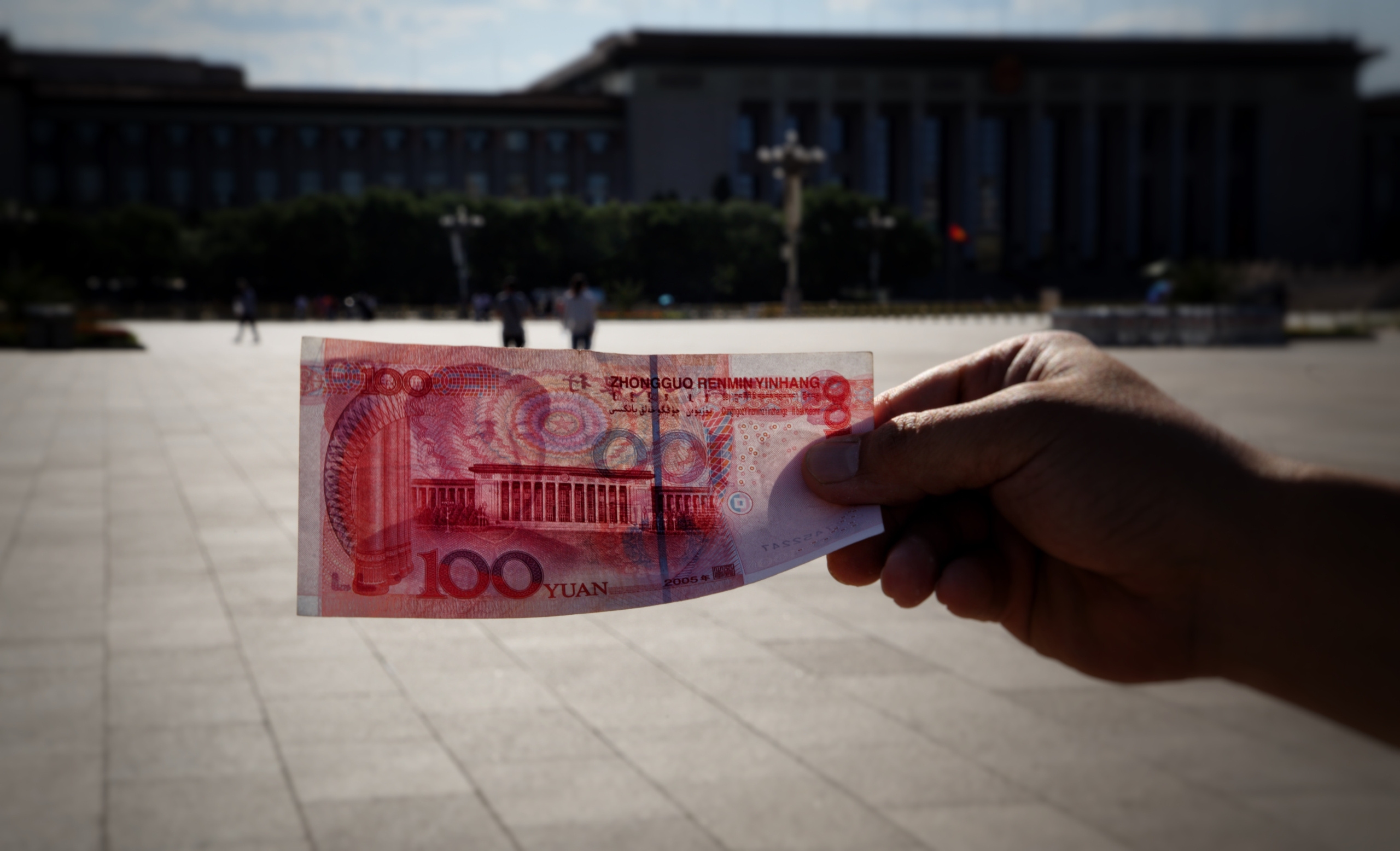Singapore Green Jet Fuel Levy on Travellers Ignites Funding Debate
As Funding Costs Rise, Yuan Bears Feel The Heat Of The PBOC’s Defense

This week, the cost for banks in Hong Kong to borrow the yuan from one another increased across all maturities. On Wednesday, the rate on three-month contracts reached a five-year high. That implies it’s getting more costly for dealers to get the Chinese money in the abroad market and sell it against the dollar.
Beijing has sloped up its battle against yuan bears after its downturn toward a record low, with People’s Bank of China conveying serious areas of strength for an advance notice against theory on Monday in the midst of a few different measures. Policymakers for a really long time have been exceptionally cautious of any fast yuan declines, as such moves can set off an endless loop of capital surges and, surprisingly, more keen devaluation.
Concern about slowing growth and China’s widening monetary policy divergence from the United States, which makes the yuan less attractive than the higher-yielding dollar, have weighed on the currency.
Since mid-August, the PBOC has been supporting the yuan versus China’s exchanging accomplice trade rates with its day to day reference levels for the managed currency, as indicated by estimations by Bloomberg. Furthermore, on Wednesday, the national bank said it intends to give more yuan-named charges than are developing in Hong Kong one week from now, a solid sign that will likewise pressure getting costs with liquidity currently close in the approach quarter-end.
“We view the specialists as sloping up efforts to check yuan’s deterioration and liquidity in the seaward market is being fixed as a piece of the tool stash to get control over yuan shortcoming,” said Eddie Cheung, a senior emerging markets strategist at Credit Agricole CIB in Hong Kong. ” We don’t think markets are excessively quick to test the specialists here.”
The yuan’s three-month interbank rate in Hong Kong, known as Hibor, rose to 4.23% on Wednesday, while the one-month tenor moved to 4.79%. For the first time since April 2022, the overnight rate increased above 5%, moving toward the same borrowing costs as the US dollar.
While designing a liquidity crunch abroad is a successful device to crush yuan bears, it’s anything but a favored one because of the great reputational cost it conveys and was last utilized during the US-China exchange war 2018. Such an action can imprint the seaward yuan’s picture as a more changed rendition of its coastal partner and furthermore hurt Hong Kong’s job as an Asia monetary focus liberated from China’s control.
Under the leadership of a new governor this year, the central bank’s determined approach to defending the currency is exemplified by its return.
However, China’s most drastic strategy, which would have involved direct intervention by the central bank using the enormous official FX reserves, has been put on hold, and few analysts anticipate such a move. That was last involved after the yuan’s shock debasement in 2015.
On Wednesday, the offshore yuan gained 0.2 percent to trade just below 7.29 dollars per unit, closing the gap with the onshore unit, which was trading just above 7.28 dollars per unit. A measure regardless of whether it’s beneficial to short the yuan through the forward market moved to flag the last option.
The yuan has been somewhat stabilized by Beijing’s defense measures, but in the absence of a less hawkish Federal Reserve or a rebound in the world’s second-largest economy, it remains uncertain whether these tools will change the game.

